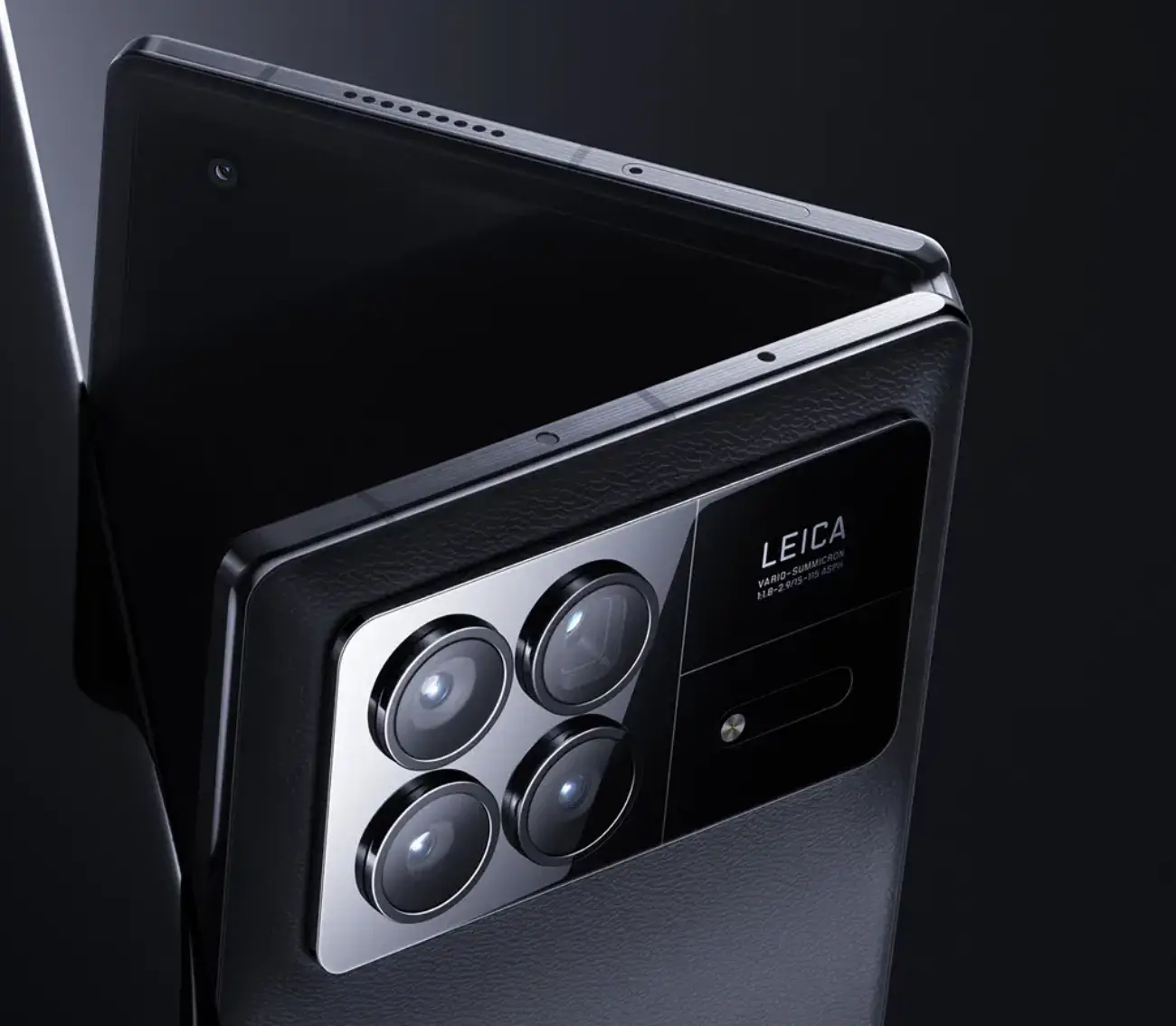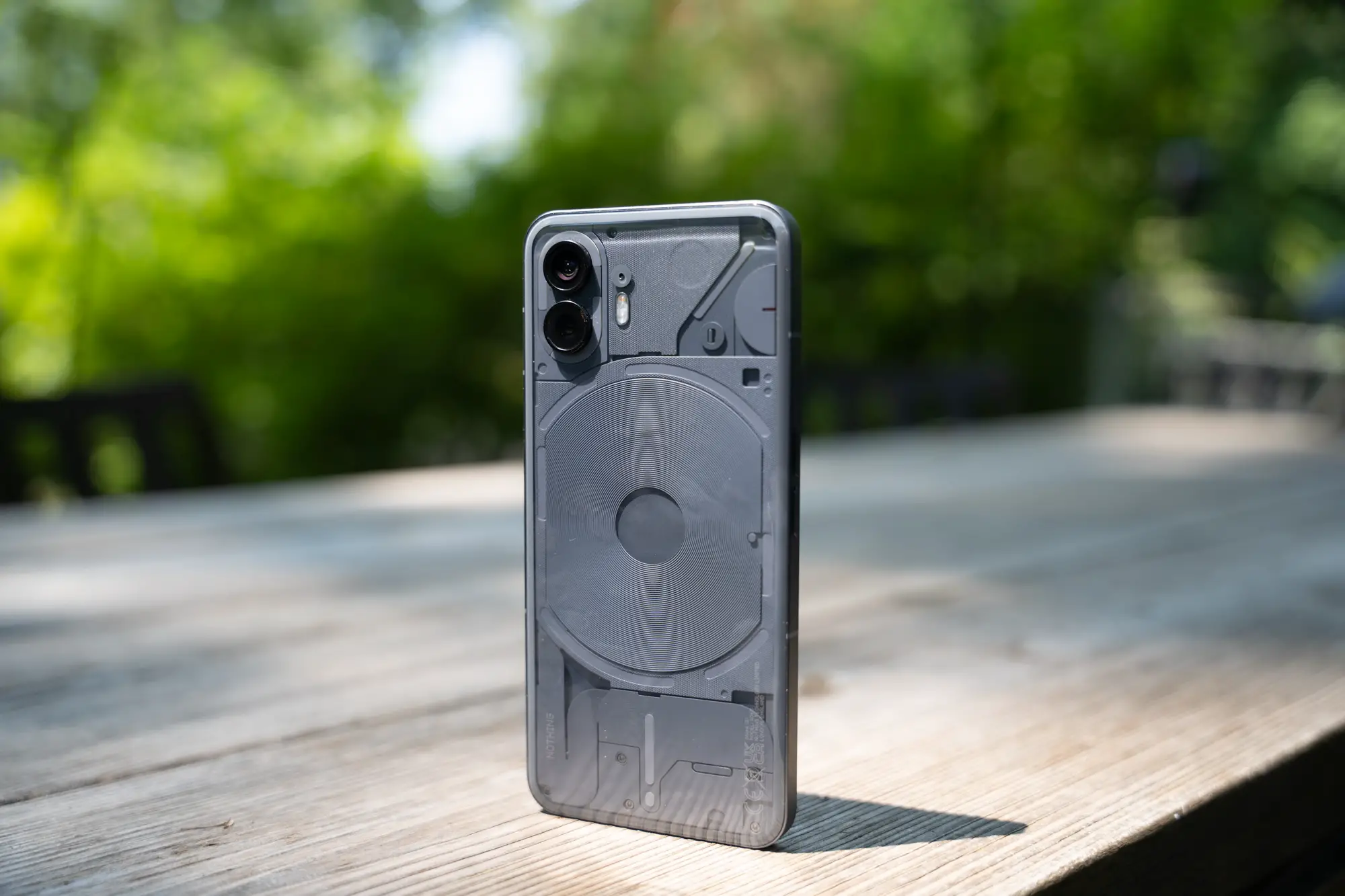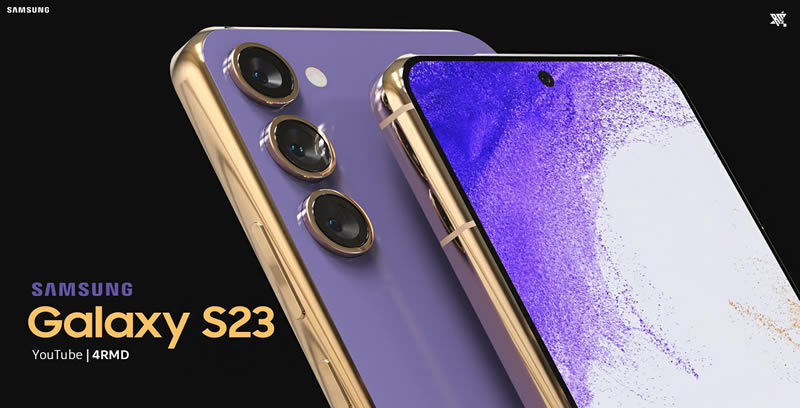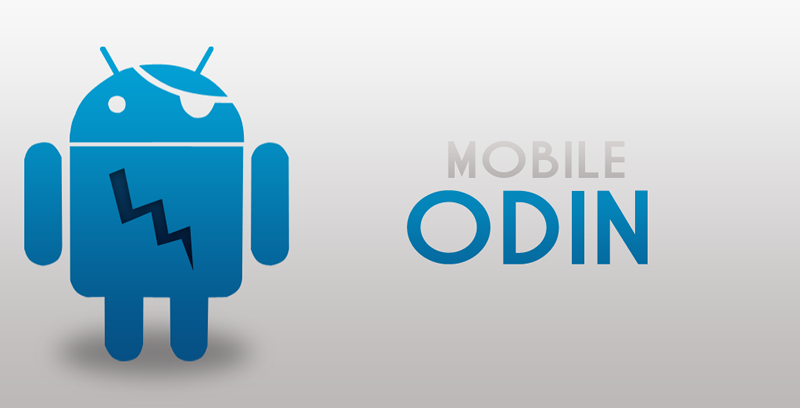
Xiaomi recently teased the launch of their next-gen foldable, the Mix Fold 4. But that's not all the company has up their sleeves. In a post on Weibo, Xiaomi has also revealed that they have a new foldable phone in the works, this time in the form of the Xiaomi Mix Flip.
We heard rumors that Xiaomi could be working on a flip phone back in 2023, and sure enough the handset will be announced on the 19th of July in China. Based on what the company has teased so far, it looks like the handset could prove to be a worthy competitor to the Samsung Galaxy Z Flip 6.

According to the details shared by Xiaomi, the Mix Flip will be powered by a Qualcomm Snapdragon 8 Gen 3 chipset. It will feature a vapor chamber for cooling, LPDDR5X RAM, UFS 4.0 storage, and also the use of a 4.01-inch external display that goes up to 1,600 nits in brightness. The external cover of the phone also comes with an earpiece speaker so you can answer calls even when it's folded shut.
It is unclear how big the internal display is, but other details shared by Xiaomi include a 4,780mAh battery. We have to say that we're quite excited by the Mix Flip, so check back with us in the coming days for the details.

The other day, Samsung officially announced the Galaxy Z Flip 6. The handset comes in a variety of color options, but for the lucky folks over in Hong Kong, it seems that Samsung has a super cute version of the Galaxy Z Flip 6 that they are selling.
This comes in the form of the Doraemon Special Edition Galaxy Z Flip 6 smartphone. For those unfamiliar, Doraemon is a popular Japanese manga series that launched back in the late 1960s. Despite it being quite old, it continues to remain one of the more recognizable and popular Japanese manga/anime even in this day and age.

This cute version of the Galaxy Z Flip 6 comes bundled with a bunch of Doraemon themed accessories and software features. This includes a Doraemon themed case along with opening animation, lock screen, home screen, and app icon designs all themed around the character.
Customers who pre-order this special edition of the Flip 6 will also be eligible to receive an exclusive Doraemon Special Edition Tote Bag as a free gift. Unfortunately, it seems that this special edition Galaxy Z Flip 6 is only available in Hong Kong for now.

If you own a Nothing Phone 2 or 2a, then you might want to check if your phone is eligible for the latest software update - Nothing recently announced that the new Nothing OS 2.6 update has finally arrived for the two models, and packs some much-welcome features, improvements, and bug fixes.
The update now lest users keep a closer eye on their CMF Watch's battery level directly within the Quick Settings Bluetooth tile, and access a new Date Widget and all-new Community Headlines Widget. For the Phone 2, users will be able to declutter their Wallpaper Studio with the new option to delete wallpaper history; additionally, Nothing earbuds get a more optimized performance when Low Lag Mode is activated.
New improvements have also arrived for Game Mode - users can now access the Game Dashboard with a simple tap on the left sidebar during gameplay, and incoming calls won't disrupt gaming sessions anymore with the new pop-up notification.
Nothing OS 2.6 also addresses various bugs, including issues with voice and call recording in WhatsApp. The Phone 2 also gets a fix for emergency calls, ensuring they function properly in all scenarios. The Cloned Apps feature has also been finally fixed.
Meanwhile, Phone 2a users will no longer experience the disappearing Atmosphere wallpaper effect, and the Lock Screen display will no longer overlap in certain situations. Additionally, photo previews taken in landscape mode while the device is locked will now display correctly. Portrait Mode has been improved to avoid incorrect blurring, and overall camera stability improvements.

Phone companies collaborating with other companies and organizations aren't new. Sometimes this is done for a promotional event, like an upcoming movie, to celebrate a certain anniversary, and so on. In Realme's case, the company has collaborated with the Museum of Fine Arts, Boston for the upcoming Realme 13 Pro series.
The handset is expected to be announced soon, but the company has teased some of the color options that will be available. This includes a Monet Purple and Monet Gold finish. As the name implies, these colors have been inspired by the legendary French painter and artist, Claude Monet.
According to Realme, the Monet Gold model is "inspired by Monet's golden haystacks under sunlight, where the hues radiate warmth and tranquility". As for the Monet Purple option, this color "reflects the serene beauty of blooming water lilies, which embodies elegance and vitality".
In addition to these Monet-inspired colors, the upcoming Realme 13 Pro series will also feature design elements like Miracle Shining Glass and Sunrise Halo. This will create effects like "shimmering particles" that showcase the "dynamic interplay of light and shadow found in Monet's works". We're not sure how the phones will look like in real life, but if you're an art lover, then these designs could be worth looking forward to.

WhatsApp, like many other messenger apps, allow users to send voice messages. Voice messages are a way for people to send messages quickly instead of typing it out. The only problem is that the person receiving the message might not find it as convenient to listen to it, like if they're in a meeting, in class, and so on.
That could change in a future update to the app. According to WABetaInfo, it appears that WhatsApp is working on a new feature for voice messages. This new feature introduces the ability to transcribe a voice message, meaning that it takes the audio recording and turns it into text.
In addition to it being convenient, it's a great accessibility feature too. Since there are some people with hearing impairments, being able to transcribe a voice message to text will allow them to know what the message says. At the moment, it looks like only five languages are supported.
This includes English, Spanish, Portuguese (Brazil), Russian, and Hindi. We expect WhatsApp will eventually introduce support for more languages, but for now, this is what we have. The feature isn't live yet and is only available to beta testers, so we might have to wait a bit before it goes live for all.
© 2023 YouMobile Inc. All rights reserved





